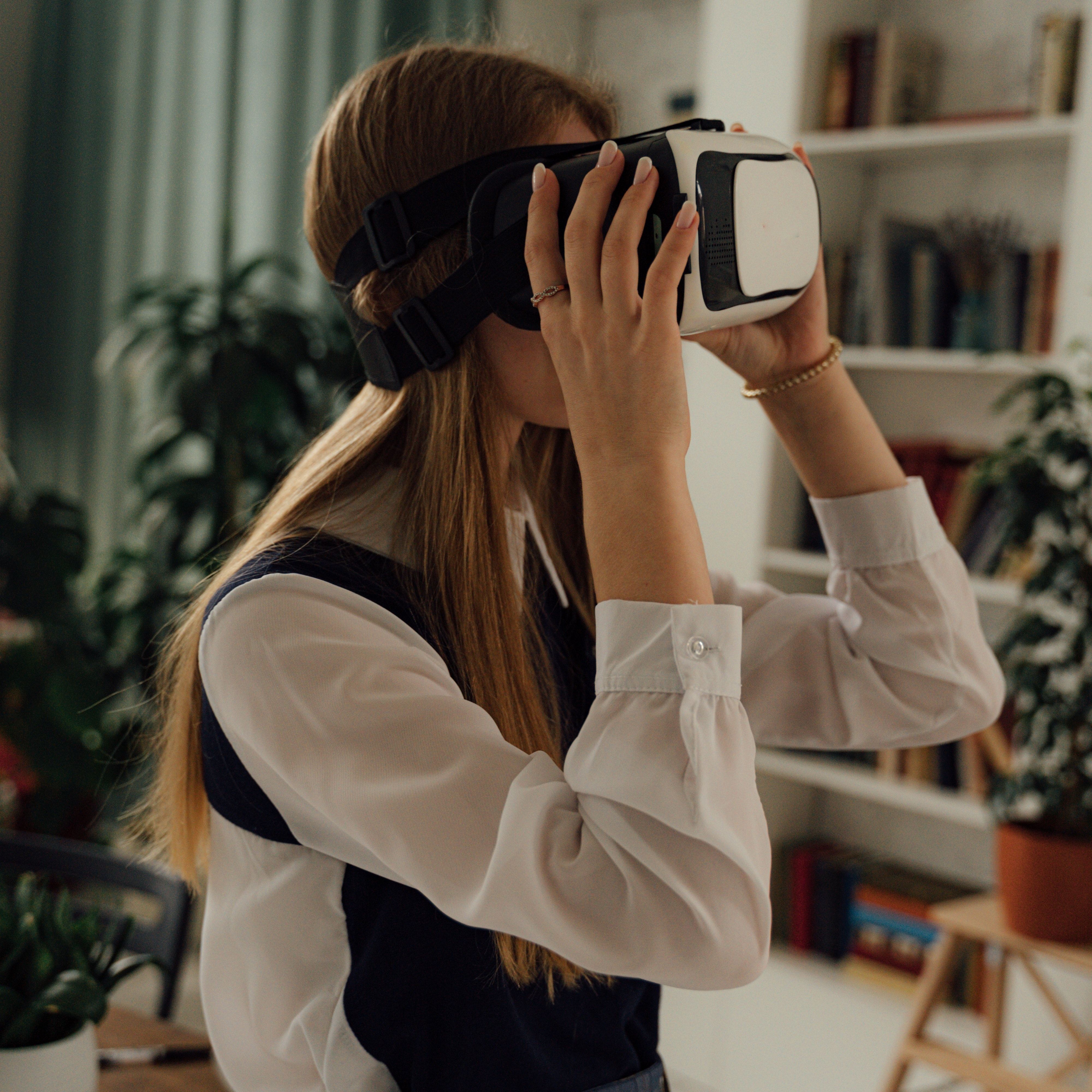Virtual Reality is not a Viable Option for Reducing Pain During Hysteroscopy
Investigators found that using virtual reality to reduce pain levels during operational hsyteroscopy was not effective.

In this study, a team of investigators led by Yuval Fouks, MD, Lis Hospital for Women, Department of Obstetrics and Gynecology, evaluated the effectiveness of virtual reality (VR) for the management of acute pain and anxiety during operative hysteroscopy in the outpatient setting. The visual and acoustic virtual reality was used as a distraction technique.
Ultimately, the virtual reality method was not effective in decreasing pain during an outpatient operative hysteroscopy. The reported pain scores showed no significant difference during the procedure.
Why Virtual Reality?
Hysteroscopies have become more popular in outpatient settings because they’re quick, affordable, and most importantly, the use of anesthesia is unnecessary. However, the procedure isn’t without pain. They’re well-tolerated by patients but can be associated with some amount of pain and anxiety, particularly before the procedure.
Non-pharmacological techniques, like cognitive behavioral therapy (CBT) as well as relaxation techniques, have been shown to influence a patient’s perception of pain. Virtual reality technology can provide an immersive, multisensory, 3-dimensional environment that enables patients to modify their actual experiences.
There have been numerous clinical settings in which virtual reality has been utilized to alleviate anxiety, reduce pain, support physical rehabilitation, and enable distraction.
In a specific study, virtual reality was found to be effective in reducing pain and anxiety scores during a diagnostic hysteroscopy, but not in an operative hysteroscopy. So, investigators decided to try and better understand the effects of virtual reality on pain management during operative hysteroscopy without anesthesia in an outpatient setting.
What Do the Results Mean?
The main finding of this study is that there were no significant differences found in average pain intensities between the virtual reality group and the control group. However, lower rates of postoperative pain scores were reported by patients in the virtual reality group.
The parameters at baseline, including pre-procedural anxiety, were also similar between groups.
Another main finding was that pulse rates and respiratory rates showed no significant difference between the groups. There was a greater increase of heart rate in the virtual reality group compared with the control group.
This could mean that the specific virtual reality content was not successful for study’s purpose, or, it could be explained by the immersive and engaging effect of the virtual reality content.
How was the Study Performed?
This study was an open-label, prospective randomized control trial in a single, tertiary university-affiliated medical center. It took place from April-August 2020. A total of 102 adult women were considered for participation and 82 women were eligible and completed the study.
Any patient with a suspected infection or who were otherwise not suitable for an office hysteroscopy were excluded. Patients who reported the use of analgesia 6 hours before the procedure were also excluded.
Patients who were planned for an outpatient hysteroscopy were randomized into either the virtual reality group or the standard care group. The virtual reality group received VR content through a head-mounted display for the duration of the procedure.
The particular VR content selected for this study was an immersive module of diving in a lagoon. User interaction with the module was achieved by head tracking and gazing.
Questionnaires were provided to the patients pre and post-operative for pain assessment based on a rating scale from 0-10 as well as a pre-procedure anxiety score using the STAI-6 tool. The performing clinician also completed an operator questionnaire, immediately following the procedure.
“The use of a virtual reality system was found ineffective in reducing pain during and after an office operative hysteroscopy without anesthesia, in a thorough examination of both continuous physiological parameters and women’s self-reported measures,” investigators wrote.
The study, “A Virtual Reality System for Pain and Anxiety Management during Outpatient Hysteroscopy- A Randomized-Control Trial”, was published in European Journal of Pain.